Day 10 (April 22, 2017)
Kanoya, Kagoshima → Kihoku, Kagoshima

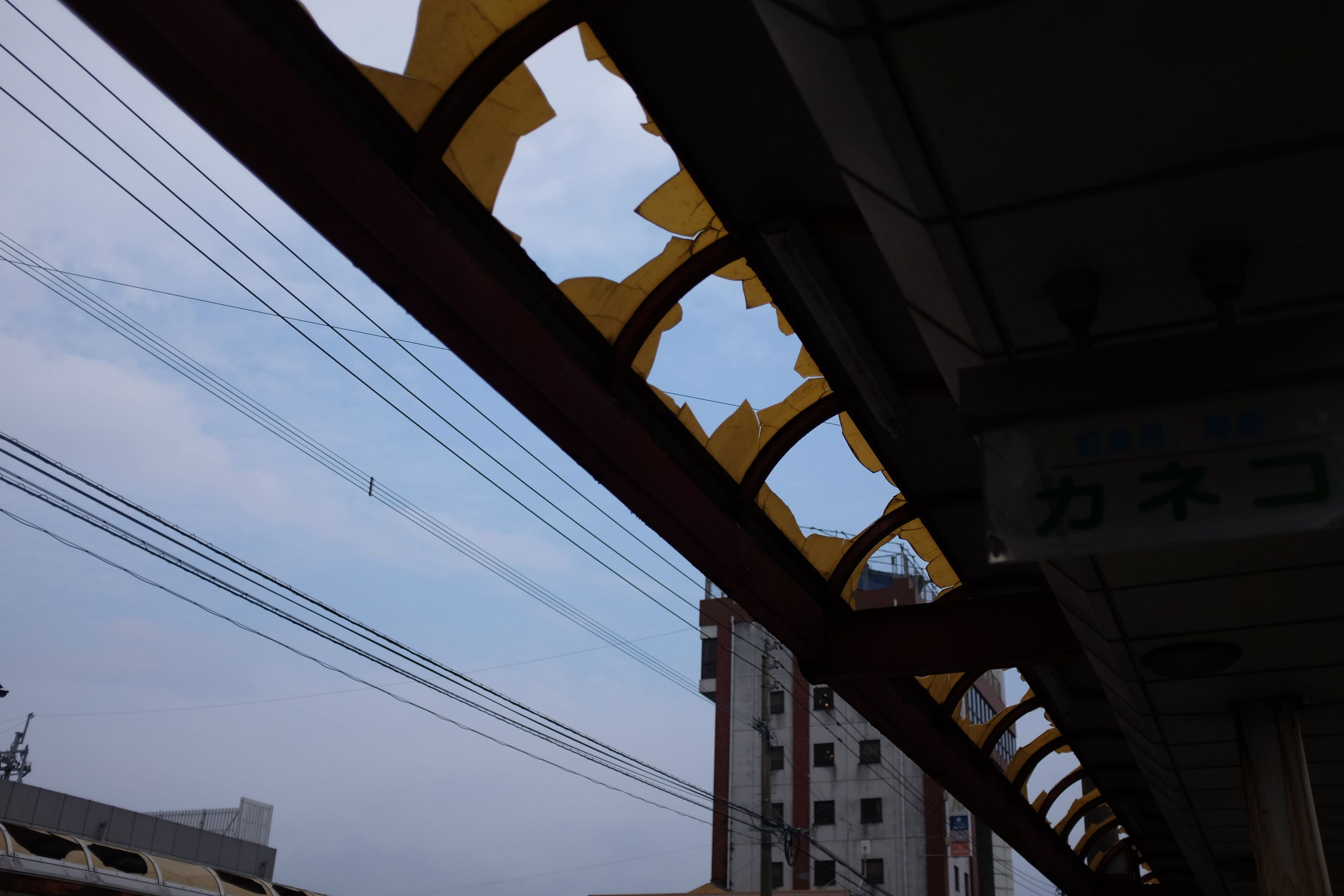

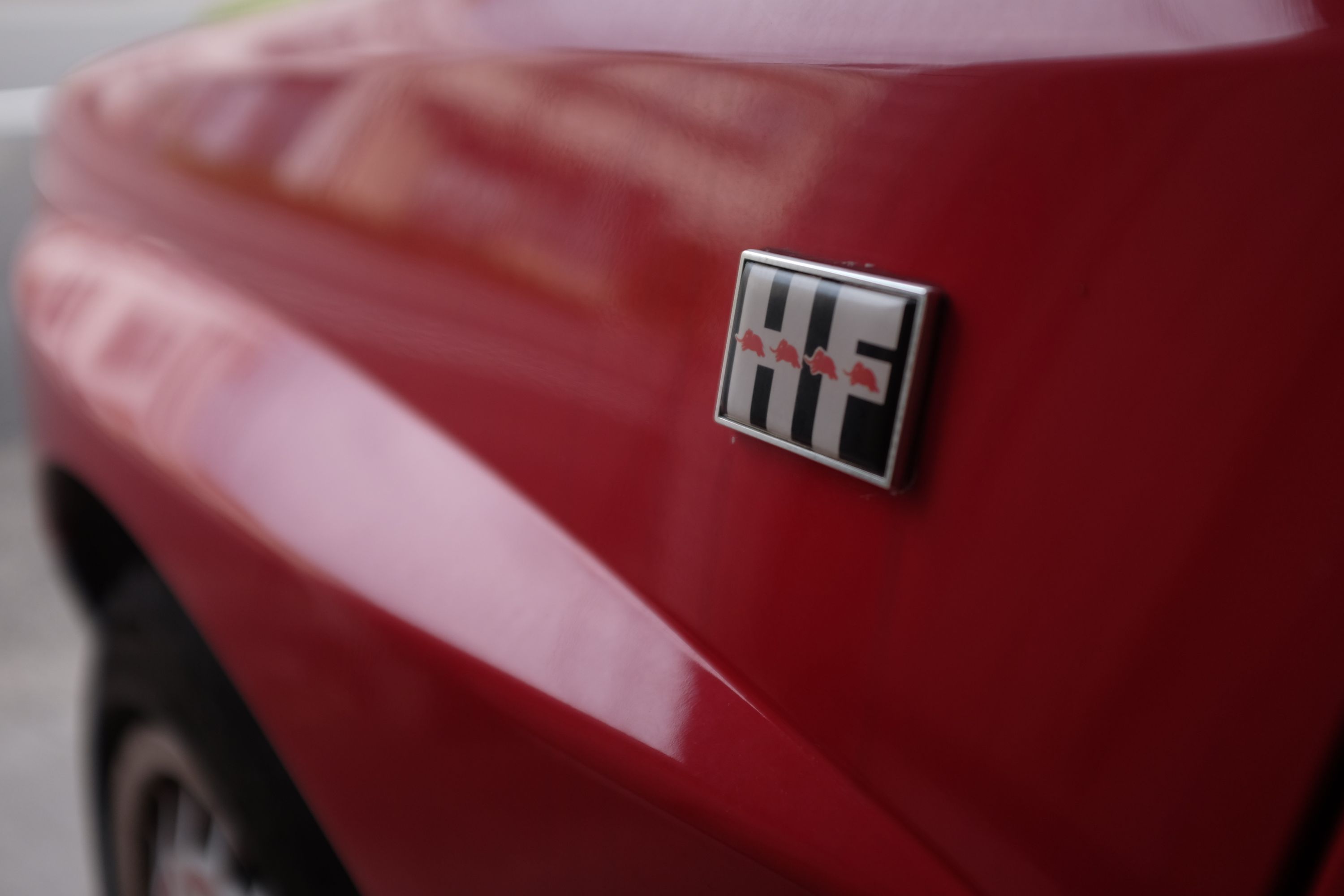
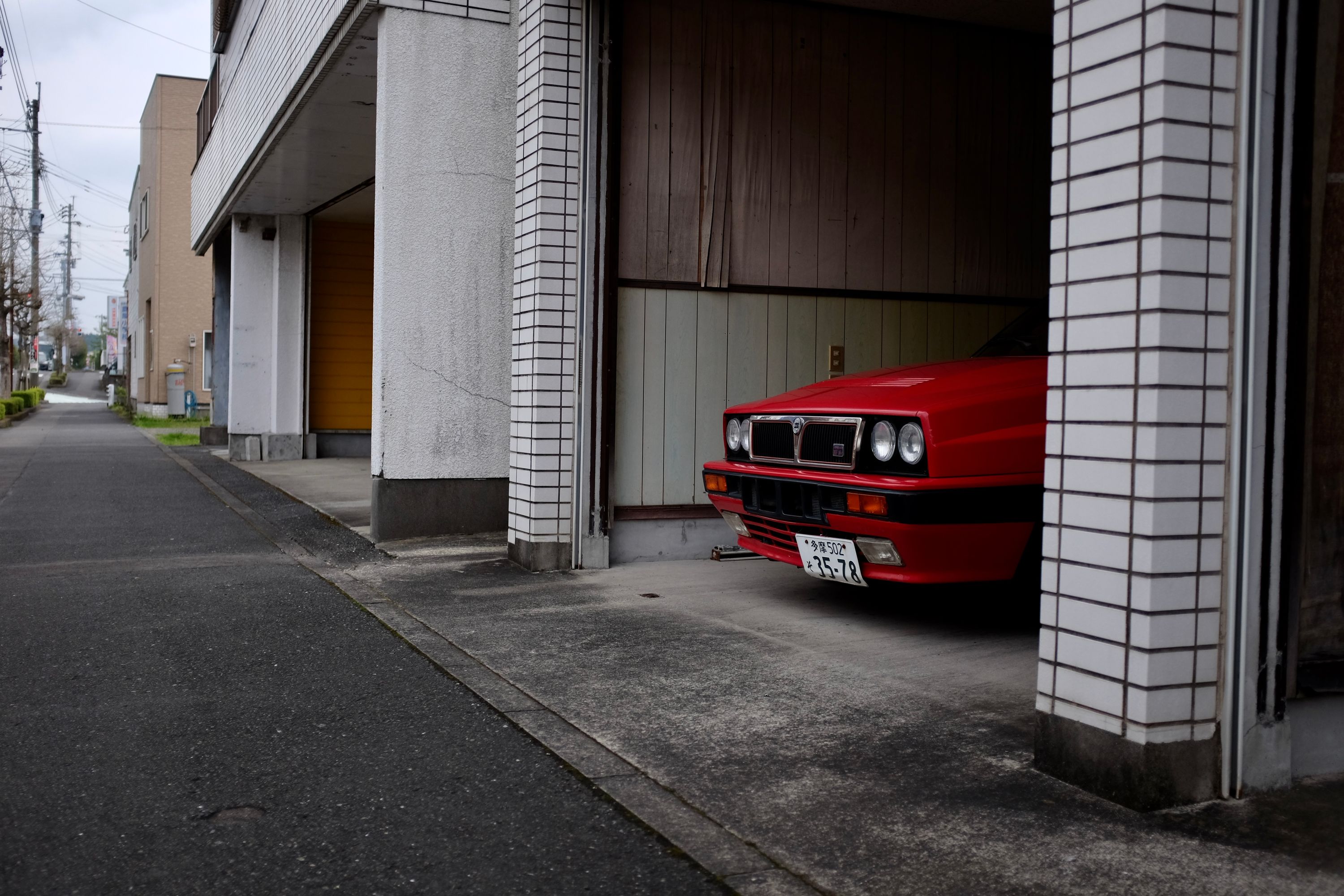

After a week in the deep countryside, Kanoya is a dizzying metropolis of well-stocked supermarkets, excellent bathhouses, and a red Lancia Delta HF Integrale peeking out of a garage in what must be a Sisyphean battle against rust and decay in the hot and humid climate of Kagoshima. But a closer look reveals the vacuum of rural Japan: a main shopping street where every pane of the rain roof is broken and where every other store is boarded up and abandoned.
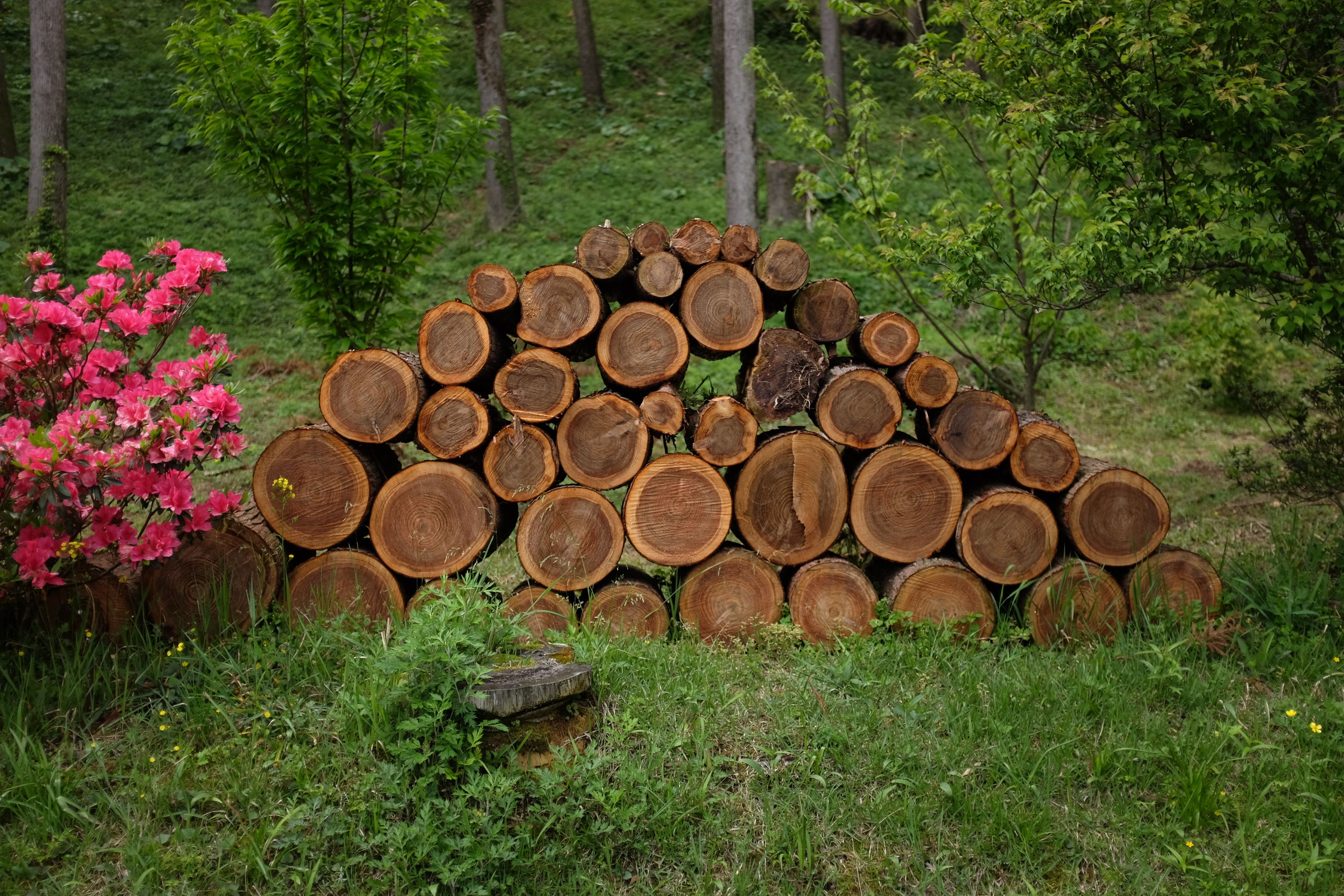
Ordnung muß sein when it comes to stacking logs of cedar at a farmhouse north of Kanoya, but really, why wouldn’t you stack logs like this?
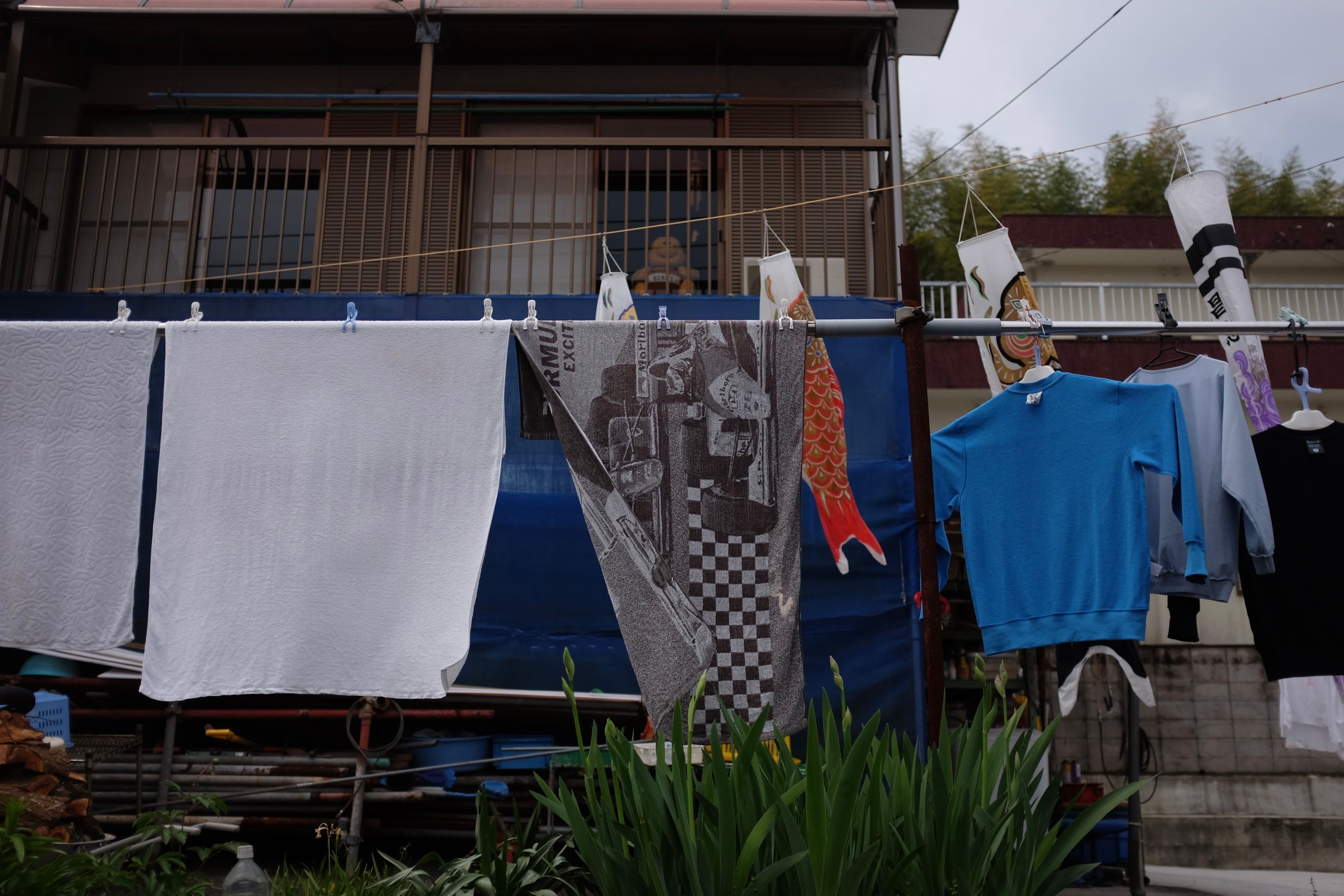
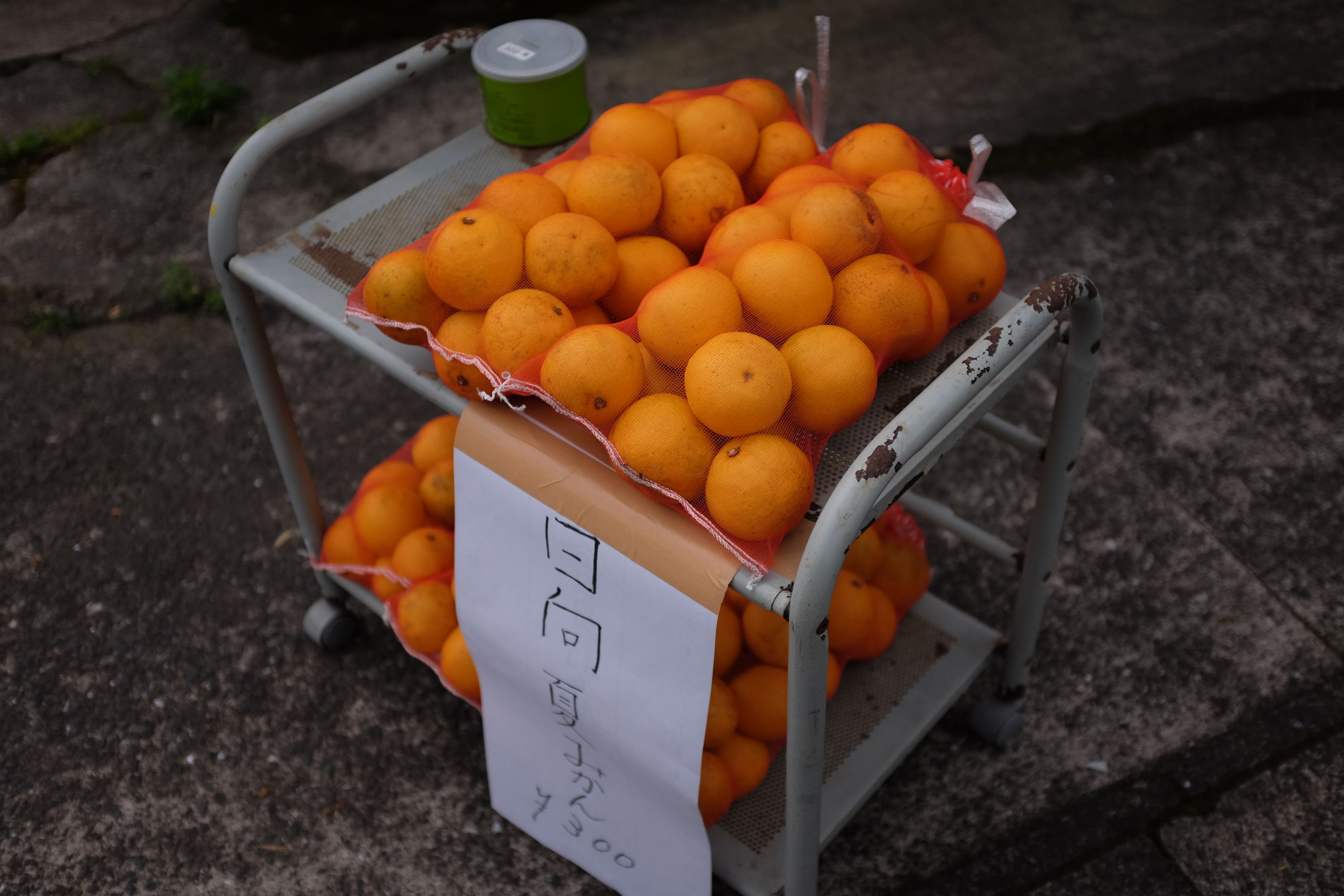
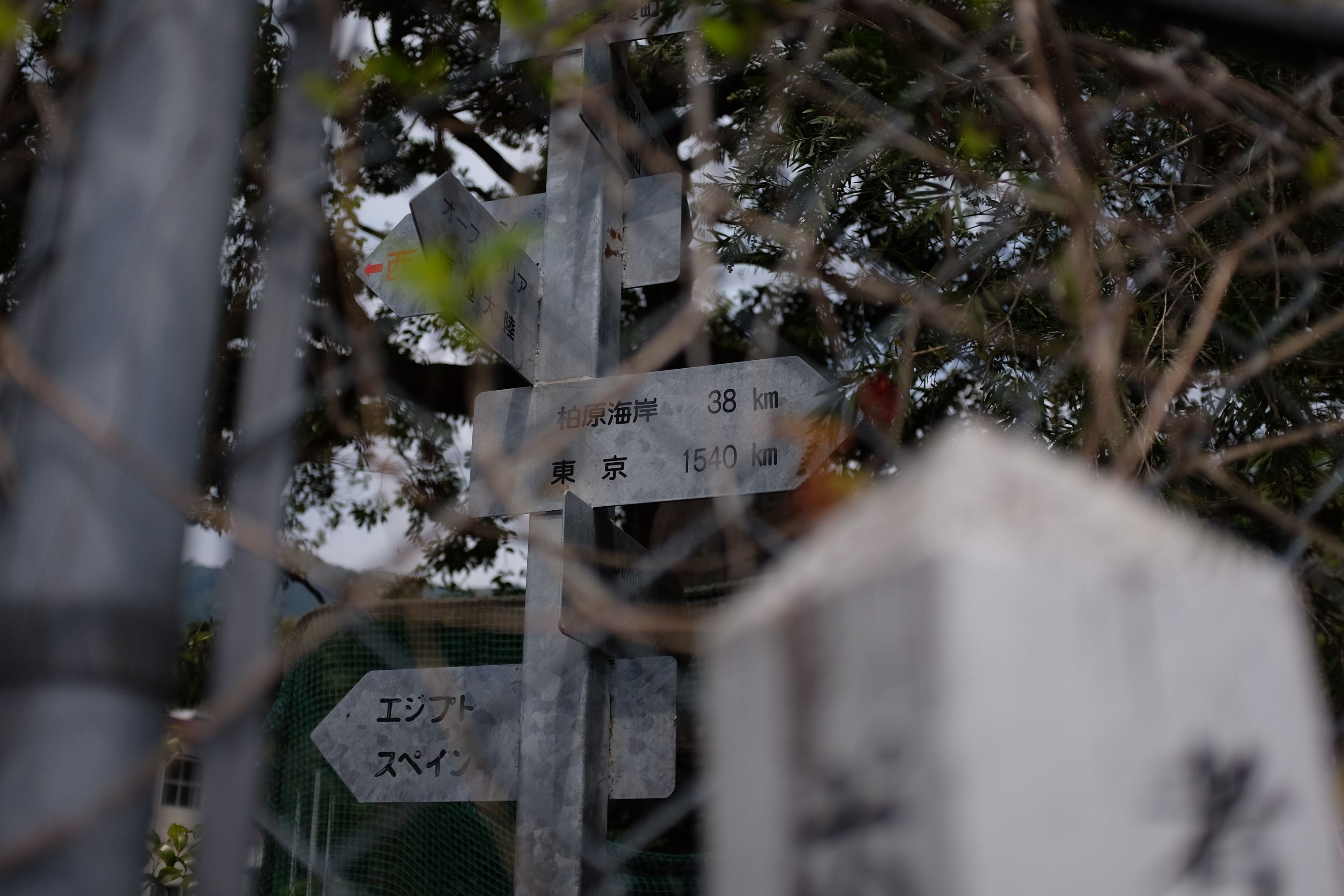

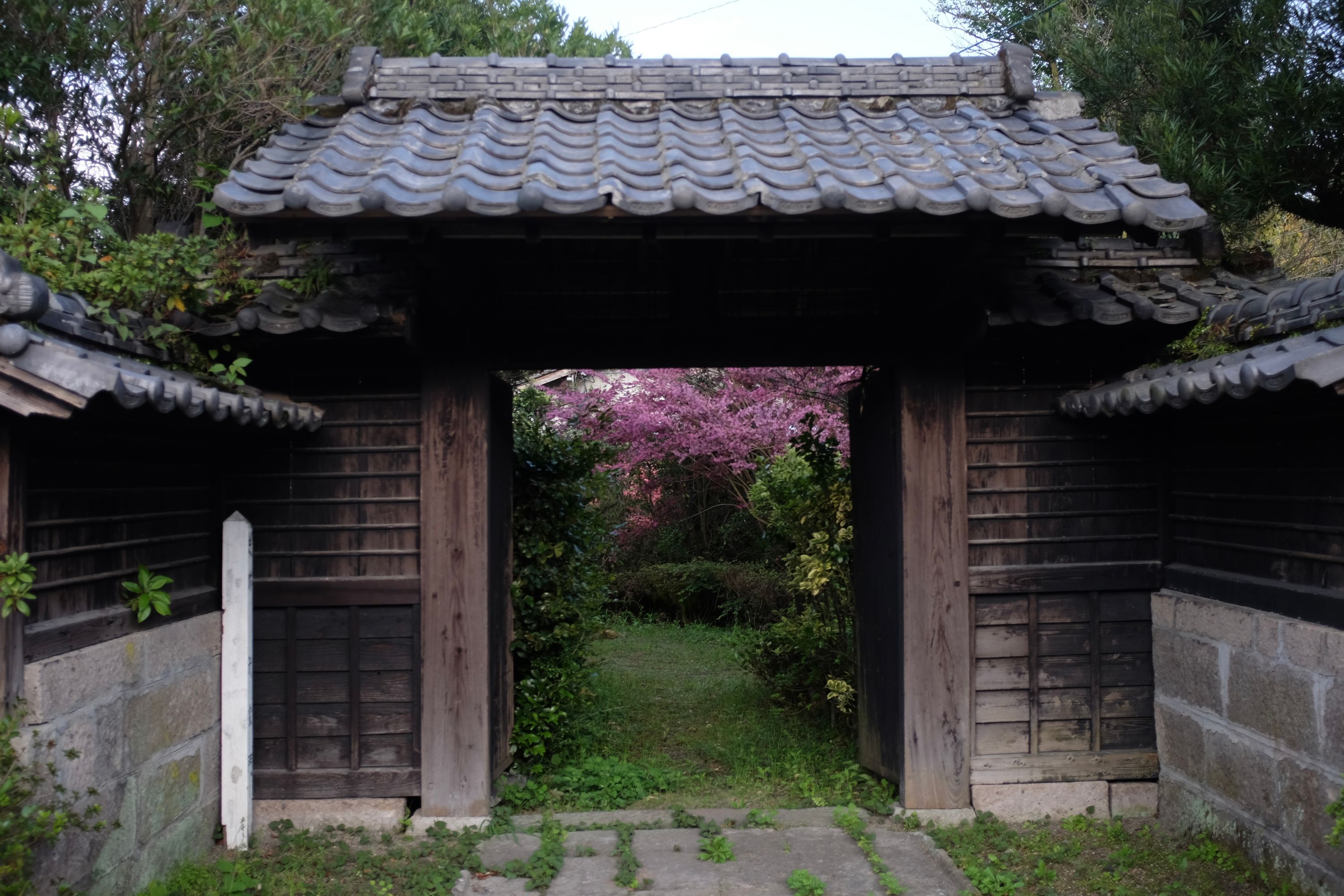
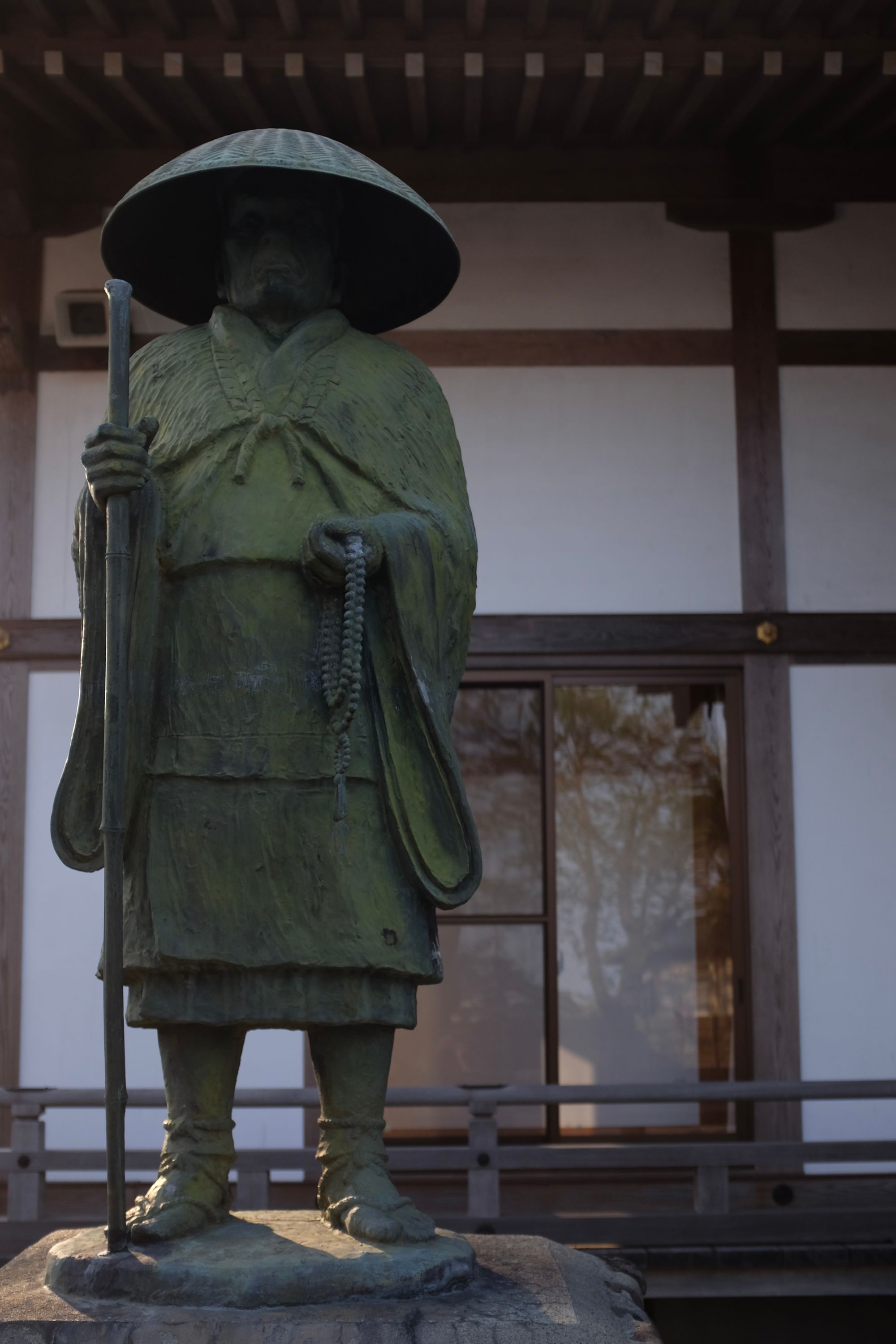
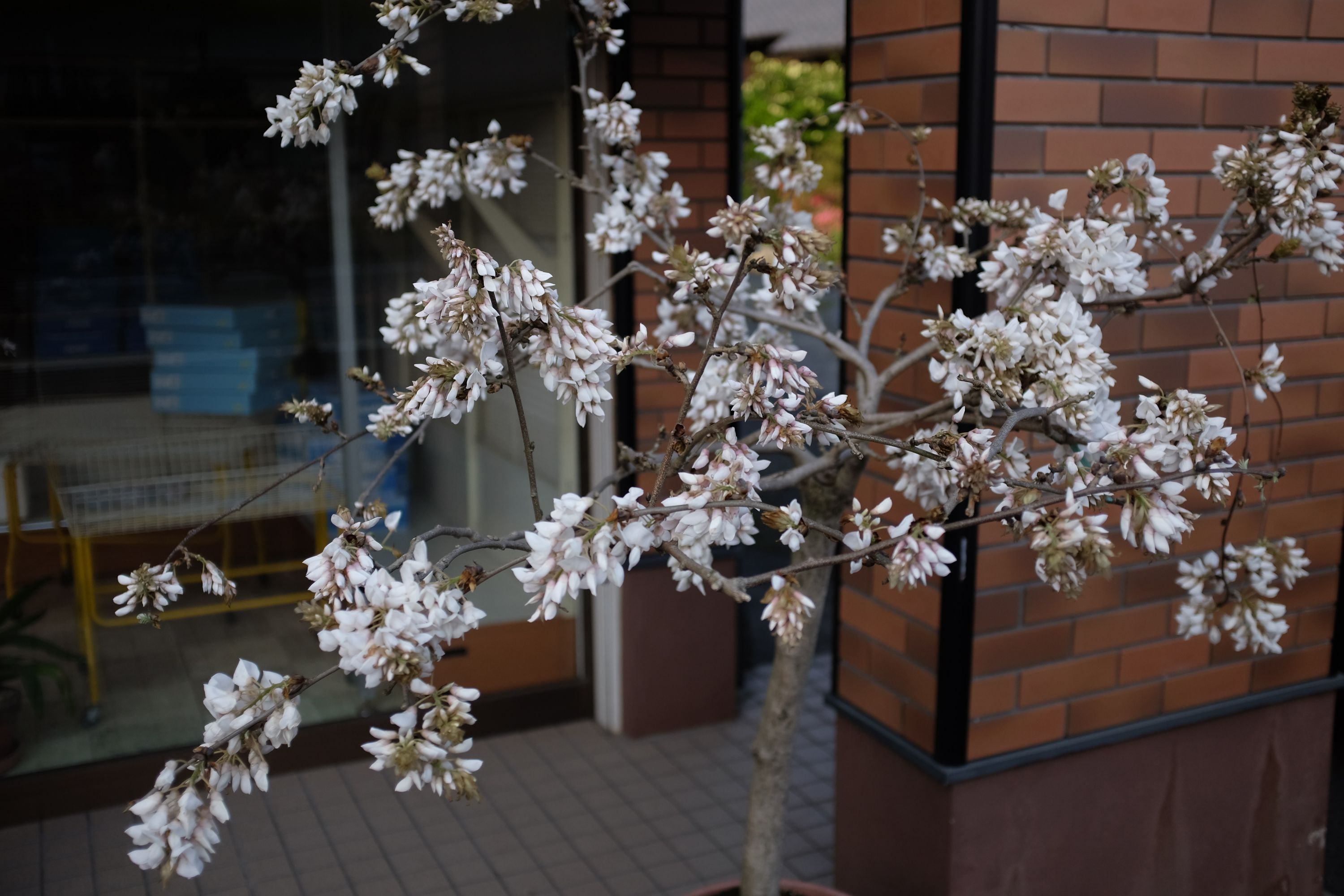
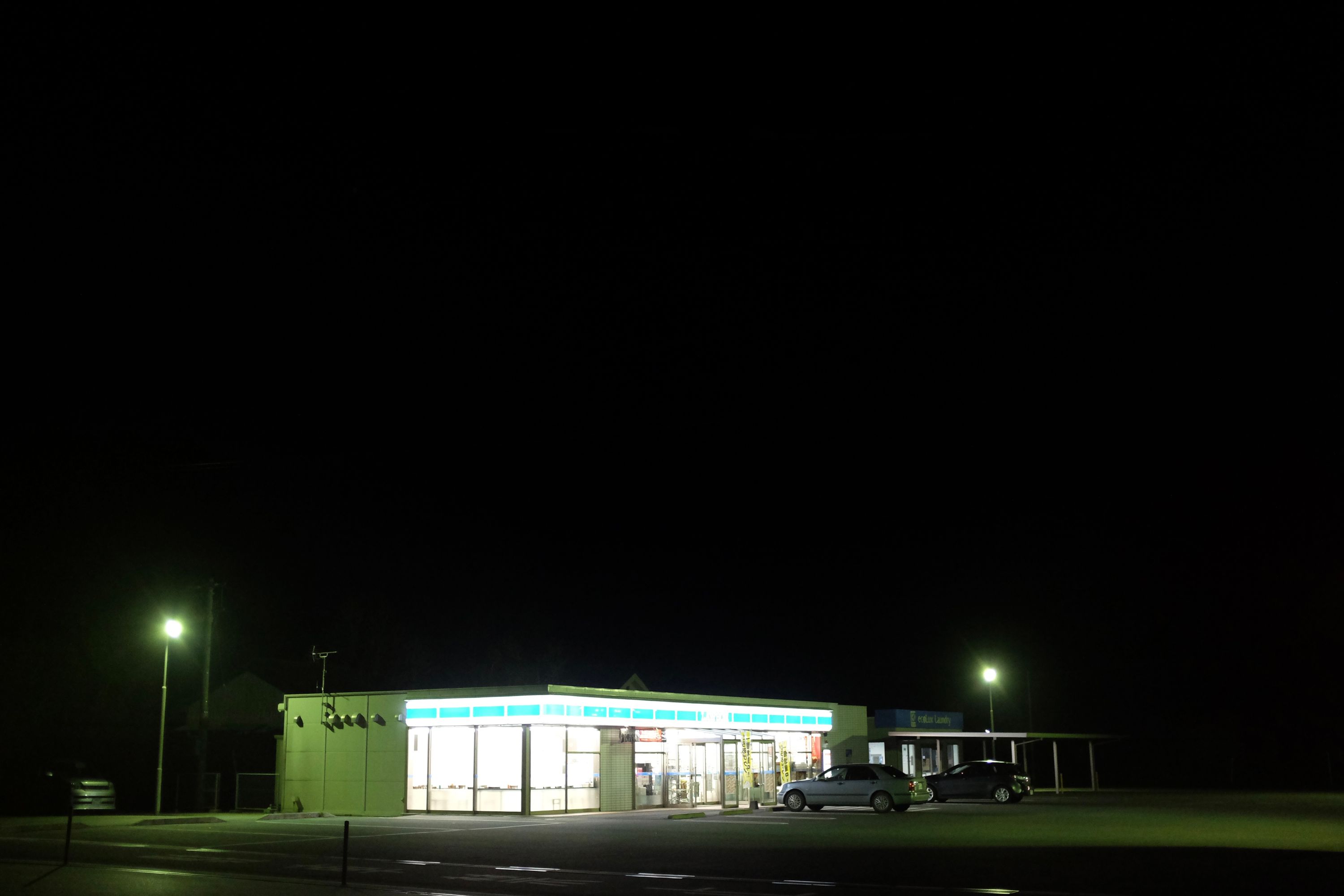
The Japanese convenience store is one of the perfect expressions of human commerce. You don’t necessarily appreciate them until they thin out in the countryside, often separated by a day’s walk or more. They are a grocery store, a copy shop, a bank, a post office, a public bathroom, and a rest area all in one, open 24 hours a day, with cold beer, hot coffee, and bland but nourishing food. They can also be frighteningly lonely places, like this one in the village of Kihoku Ichinari, in the complete darkness of a Japanese evening, with not a soul on the streets after sundown, and not a sound to be heard. I walked in from the cold and the dark and sat by myself for an hour and a half in the dining area, drinking tea, a creature without language or history, then I disappeared into the night.

